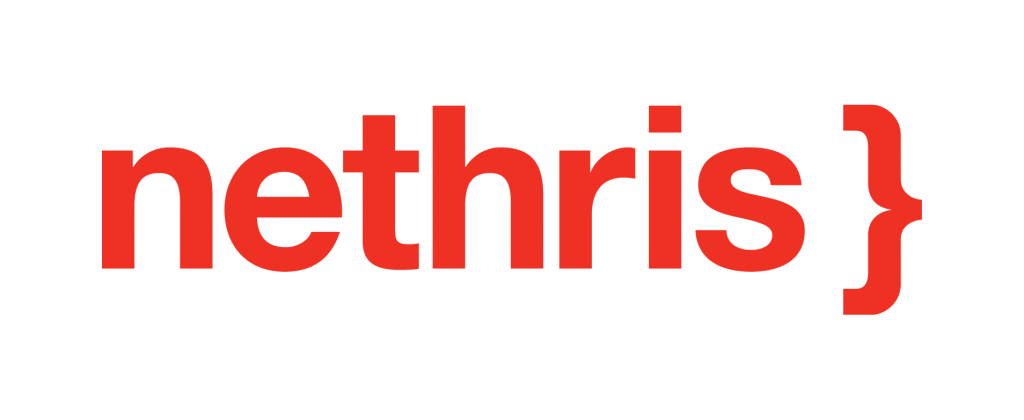 To build a payroll schedule that is profitable for your SME, you must know the legislation in effect and determine your priorities. As an SME owner, you are free to choose the payroll frequency that best suits your business reality. However, you must abide by the regulations for your province or territory, which establishes its own remuneration standards. In the province of Ontario, there is no minimal pay frequency prescribed. Employers must simply establish a regular pay period and a regular pay day for employees. Visit for more information the website of the Government of Ontario.
To build a payroll schedule that is profitable for your SME, you must know the legislation in effect and determine your priorities. As an SME owner, you are free to choose the payroll frequency that best suits your business reality. However, you must abide by the regulations for your province or territory, which establishes its own remuneration standards. In the province of Ontario, there is no minimal pay frequency prescribed. Employers must simply establish a regular pay period and a regular pay day for employees. Visit for more information the website of the Government of Ontario.
Determine your priorities
To establish whether weekly, biweekly, or monthly compensation is the better option for your business, you should ask yourself what is more important: Limiting expenditures, reducing the administrative load, or meeting employee needs?
If financial optimization is paramount, it is preferable to pay employee wages less frequently, for example, once a month. It makes sense: The more often funds are transferred to your team, the higher the banking fees and labour costs associated to payroll management. Your expenses are even more significant if you entrust wage calculation to experts; your accountant, payroll agent, or service provider will charge per-pay-period fees.
If your priority is to save time, there again, the solution could be to plan a reduced number of pay days to lessen the administrative load. “Paying employees 52 times per year is a full-time job,” explains Diane Major, senior advisor at Nethris. For more than 35 years, she has been supporting businesses to optimize remuneration management. Diane continues: “In a business where wages are deposited on a weekly basis, the payroll administrator doesn’t get a break. Approval of hours worked, net wage calculations, vacation bank updates, and document production, is finalized on Tuesday and on Wednesday the process starts over.”
Improve employee experience
In 2021, the active Canadian population searches for balance, and remuneration is no longer the focus of its interests. According to a survey from the firm Morneau Shepell, 60% of salaried Canadians would be willing to give up their position and accept an inferior income in exchange of an environment that favours personal well-being.
Those interviewed said they were looking for an employer that values their physical, mental, and financial welfare. It isn’t enough to offer meditation sessions, rebates on gym memberships, and social events; employers are expected to be involved in the planning of employee portfolios by offering retirement savings plans (RRSP) or share purchase programs.
A study conducted by the Canadian Payroll Association (CPA) in 2019 revealed that 43% of Canadians live from pay cheque to pay cheque, without sufficient savings to cover unexpected expenses. According to Statistics Canada, the average Canadian household debt is 170.70% of its disposable income.
When it comes to remuneration, workers expect businesses to be flexible and to help them out if needed. In the United States and Canada, a number of large organizations will go so far as offering on-demand pay to attract and retain their human resources.
It is realistically impossible for all SMEs to provide this type of service. However, rewarding your employees by paying them every week may increase their satisfaction and become an effective retention strategy.
Let us add to this that budget worries weigh on productivity: Workers who are preoccupied by debt have a tendency of making more mistakes, getting behind in their projects, missing work, and getting into conflicts with their colleagues. The CPA states that financial stress costs the Canadian economy 16 billion dollars a year.
Here are a few quick remuneration tips
A pro tip
We advise against paying your employees semimonthly (24 pay periods), as this complicates the calculation of insurable hours when a month is made up of five work weeks. This payroll frequency also makes it more difficult to calculate the statutory holiday compensation, which, in most Canadian provinces and territories, is based on the wages of the 20 days or four weeks worked prior to the holiday. Furthermore, your team sees amounts that vary from pay cheque to pay cheque, which could generate incomprehension and questions.
The answer to the question “What is the most advantageous payroll frequency for my business? “
It all depends on your objectives. If you wish to save time and money, opting for monthly payments is the way to go. The less often you remit earnings, the less effort is required to prepare payroll. Make sure, however, that your decision is compliant with the minimum standards of the province or territory where you operate.
On the other hand, if you are looking to stand out on the job market or to attract and retain personnel, multiplying the payment dates is a good idea.
You would also want to choose a payroll frequency that simplifies the tracking of salary budgets, and the use of human resources, time and group insurance management solutions.
About Nethris
Founded 45 years ago, Nethris is a Canadian company that provides payroll services to over 17,000 SMEs across the country. We take care of your payroll from A to Z, from calculating salaries to the issuing tax slips. Our easy-to-use, affordable and secure cloud solutions also simplify time, human resource, and group benefits management.
Click here for more information or speak with one of our experts now, at 1-888-650-6291.